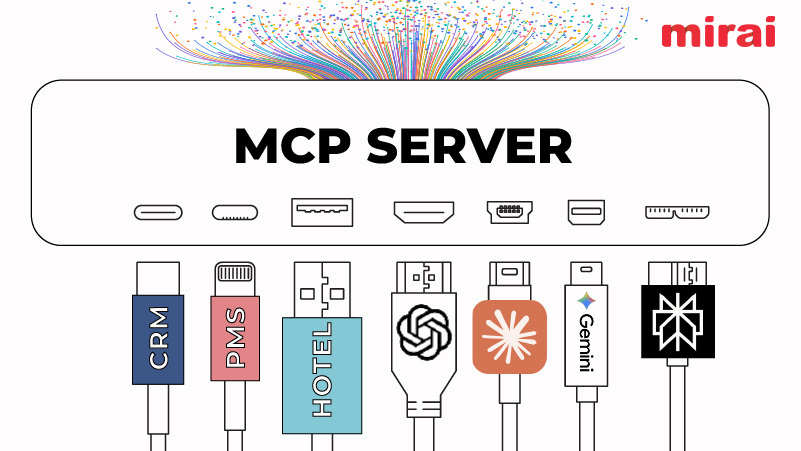
A good book direct strategy is near the top of most hotelier’s list this year.
Book direct campaigns from Marriott and Hilton are making headlines, and the focus of the industry as a whole is pivoting to look at booking direct as the way to grow profit margins.
Competition in the hospitality industry is at an all-time high, and it is only going to get fiercer. If hotels want to out do sharing sites like Airbnb and, more importantly (at least for now), their competitor sets, they need to be doing everything they can to optimise their online presence and drive direct bookings.
We’ve created an in-depth list of 4 areas your book direct strategy needs to pay attention to, including links to guides and resources to help you get into the gritty details.
Check it out, and make sure your to-do list looks similar!
1. Make Booking Easy
Remember the last time you visited a restaurant’s website?
When you visit a restaurant’s website, you’re usually pretty hungry. It’s more than likely that you’re looking for the menu and hoping it looks as good as pizza does late at night. If you can’t find a menu, in this age of Yelp, MenuPages and a whole set of competitors with menus on their sites, you abandon all plans of visiting that restaurant. If you can’t find a restaurant’s menu online, someone (or several someones) aren’t doing their job.
Now put yourself in a potential hotel guest’s shoes. What do they want when they visit your website?
If they’ve done their research and are ready to book, they want to know:
- if there are rooms available on their preferred dates
- what they look like and which amenities they have
- how much it is going to cost them
Your job, once your potential guest has reached this stage, is simple: make it easy for them to find answers and book a room. The best way to do this is by making the bookings button conspicuous, or by placing the bookings form right on your home page.
A hotel that does a great job at driving attention to its bookings page throughout the site and not just on their homepage is the Killashee Hotel.

Even if you miss the popup, you can very swiftly find the bookings button or their offers page: they’re strategically placed on the home page. As soon as you visit the website, the popup above appears. If you click on the green ‘Purchase Now’ button, you are taken to a page where you can check out their offers and the price is clearly visible.
The booking button is prominent and accessible from every page on the site – and when it’s a long page, it’s in several places on the page.
When you have strategically place well-designed, attractive booking buttons, your website will be able to convert a higher-than-average amount of the traffic into direct bookings and heads in beds. How is your hotel website’s booking CTA looking? If it’s not prominent, get it to the point where it passes the squint test on all your major pages right away!
2. Focus Your Copy
One of the biggest copywriting blunders hotels make while creating content for their hotel websites is trying to write for everyone. Their copy is aimed to please the Airbnb users, the young couples, the business travelers and everyone else.
However, no matter how hard you try, you can’t please everyone – and if you try, you’ll end up pleasing no one.
Your copy should be laser focused on targeting just one or two types of guests. It’s up to you to do the research to figure out who your target audience is.
Some great ways to focus your process and make sure the data is backing up your findings is to create empathy maps and guest personas. Take it all into account: your analytics data, booking patterns over your hotel’s history, and your first-hand knowledge of your guests.
You want to position your hotel as a unique offering, with comforts and conveniences they can’t find elsewhere. Are you a luxury hotel? A boutique? Present your hotel in its best, most unique light. It’s not for people looking for a home. It’s for people looking for something better, and it is your job to project that experience in the copy.
Read rest of the article at: NetAffinity




